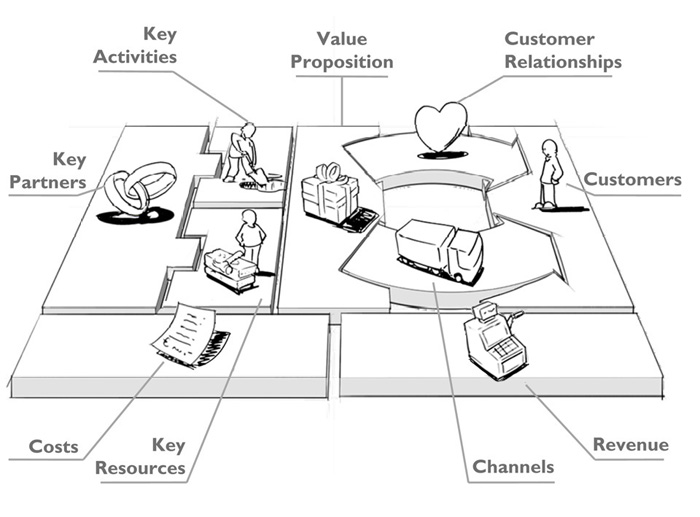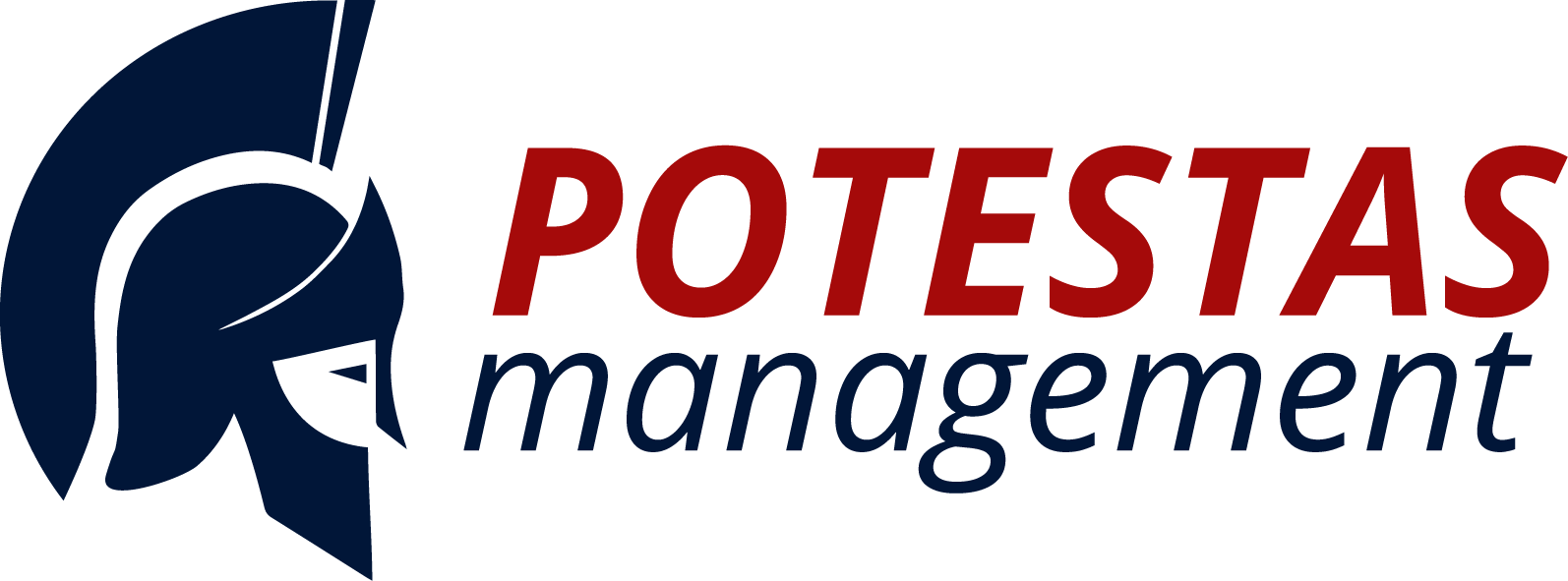
The Business Model Canvas was initially proposed by Alexander OsterWalder in 2008 and later, Yves Pigneur and many more collaborators developed the theory and wrote the popular book Business Model Generation in 2010. This book has become the textbook for the concept and in itself relies heavily on graphics to explain the detail.
It is a simplified graphic version of a business plan based on 9 key components.
Business Value Proposition, Customer Segments, Customer Relationship, Customer Channels, Key Partners, Key Activities, Key Resources, Costs and Revenue. This video explains the concept of the Business Model Canvas simply.
It has now become the de facto tool used to describe the activities of new start-up businesses using the Lean Method and existing businesses as well as proposed new business transformations. Most pitches for start-up investment will use this model for the key points, to illustrate to prospective investors. It has come to replace long winded Business Plans that most venture outsiders don’t have the time or inclination to read and absorb.
You can download a free version of the model from Strategyzer the organisation that holds the information for instruction and training. The model has been redeveloped and there are now to new follow on models to look more deeply at the value proposition, often a key characteristics that business owners find difficult to isolate and articulate.
YouTube has a number of worked up examples but this video describing Zara the retail clothing manufacturer gives a good overview of how the model is populated.
If you intend to develop one for your own business it is useful to talk this over with someone who knows a bit about your business and the commercial aspects of business in general. This tends to give a much richer understanding of the key characteristics and helps everybody to think about the next steps to move forward.


Recent Comments